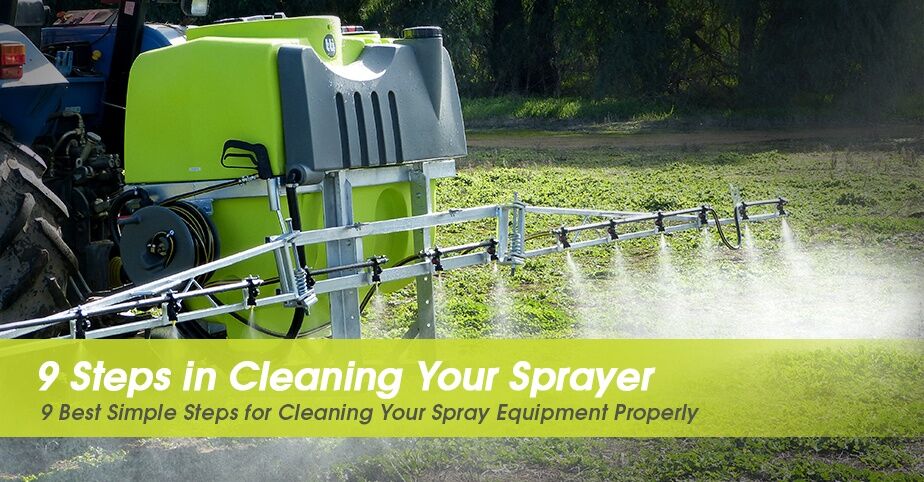JULY 2018
Whole crops and vegetation can be severely damaged or worse still – totally destroyed – by traces of herbicides and residual chemical. Here are a few simple steps for you to follow to ensure your spray equipment is thoroughly cleaned to prevent any wrong chemical being sprayed.
So, what tank-cleaning agent should I be using?
Commercial Tank Cleaners
These are ideal for removing water and oil soluble herbicides.
Household Ammonia
Recommended for penetrating and loosening residue in your spray equipment. Ammonia doesn’t actually decompose herbicides, instead, it increases the solubility of some herbicides by raising the pH.
Chlorine Bleach
Can be used to decompose residues of most sulfonylurea and other herbicides into inactive compounds.
WARNING! If chlorine bleach is mixed with a fertilizer that contains ammonia, it will produce a dangerous chlorine gas. This will irritate your eyes, nose, throat, and lungs.
Kerosene or Fuel Oil
This should be used to remove oil-based herbicide. After you have rinsed your tank with the oil, clean it further using detergent or ammonia.
Ok, so let’s begin….
Firstly, you want to ensure you are not about to flush out your tank in an area that will contaminate any water supplies or damage any vegetation
Ensure your tank is fully drained of any fluid and then simply rinse the inside by spraying it with clean water using a pressure cleaner or nozzle on your garden hose
Fill your tank up slightly with clean water and spray for about 5 minutes to ensure the spray boom is rinsed of any chemical residue
